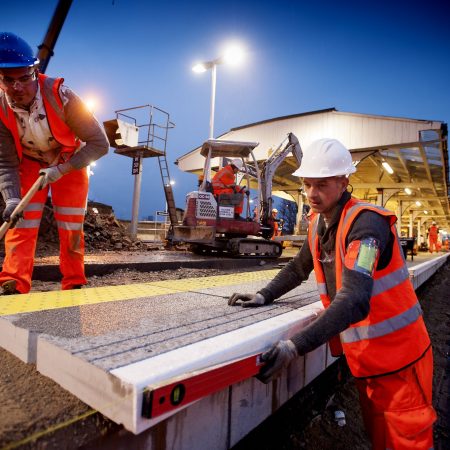What Are the Key Differences Between Price and Value on Infrastructure Projects?
If we want to radically improve the quality, durability and performance of our transport infrastructure the focus for procurement has to switch from price to value. But what does that mean? Is there a meaningful and quantifiable difference between the two?
Investment guru Warren Buffett has a succinct definition: ‘Price is what you pay, value is what you get.’
Focused on price is where the infrastructure sector has been stuck historically. A price is fixed through a tendering process and, in return, a new asset, upgrade or maintenance project is delivered. This doesn’t deliver the outcomes needed in a modern transport infrastructure. Increasingly, procurement bodies are also looking at value.
Value considerations come into play when you look not just at what is delivered, but how it is delivered. And because value is ‘what you get,’ it must be defined by the buyer rather than the seller.
So, what might constitute value in infrastructure procurement? Here are some suggestions based on experience of how Osborne has delivered value, over and above the price, on infrastructure projects.
Adaptability
The project that proceeds exactly to the plan, with no unforeseen technical glitches, where the asset condition was exactly as expected, and with no external complicating factors has yet to happen. Having the capability to adapt to changing circumstances to keep programmes on schedule has a value that it’s hard to encode into an RFQ. That’s why behavioural analysis is increasingly used in procurement.
Adaptability is also the ability to spot and act on opportunities when they arise. This could include using novel techniques that weren’t known about when the project was scoped and planned. Or it could be looking for synergies with other planned works so save overall costs and disruption.
Simplicity
Projects can be simplified in a number of ways. For example, greater use of offsite construction can reduce the level of activity needed on the site and the need for closures and possessions. Better use of technology such as BIM can also improve communications and simplify projects so that timings are more reliable.
The benefits of simplicity continue after the asset is handed over if maintenance needs have been fully considered and there is comprehensive documentation in an easily accessible format.
End User Impact
At first sight, the cheapest project solution may involve long-term closures of sections of road or rail. This clearly wouldn’t be best for operators and travellers. Reducing disruption (current and future) has to be part of any value calculation.
Putting the reduction of disruption high on the agenda encourages creativity and more imaginative project planning. It’s a healthy way of thinking as it doesn’t accept the way things have always been done. It doesn’t have to mean additional cost.
Communication
Who has the time to be continually checking on progress and searching for essential project information? We know that timely and relevant information is highly valued by our customers.
The above are just a few examples to illustrate the difference between cost and value on infrastructure projects. They all deliver meaningful benefits to customers above and beyond the physical project that was commissioned.
Find out more about how we deliver value in our infrastructure projects by taking a look at our Rail or Highways case studies.

